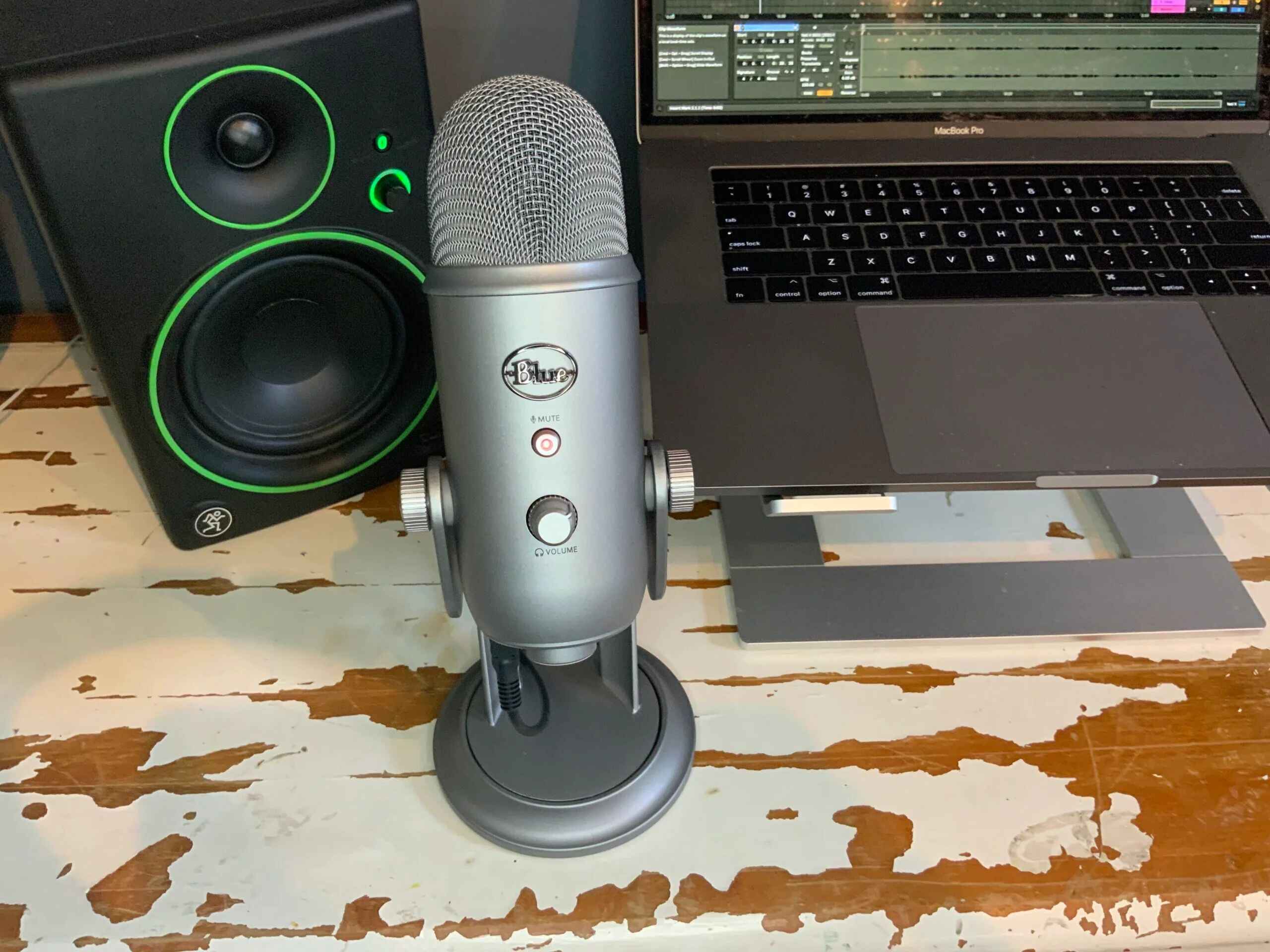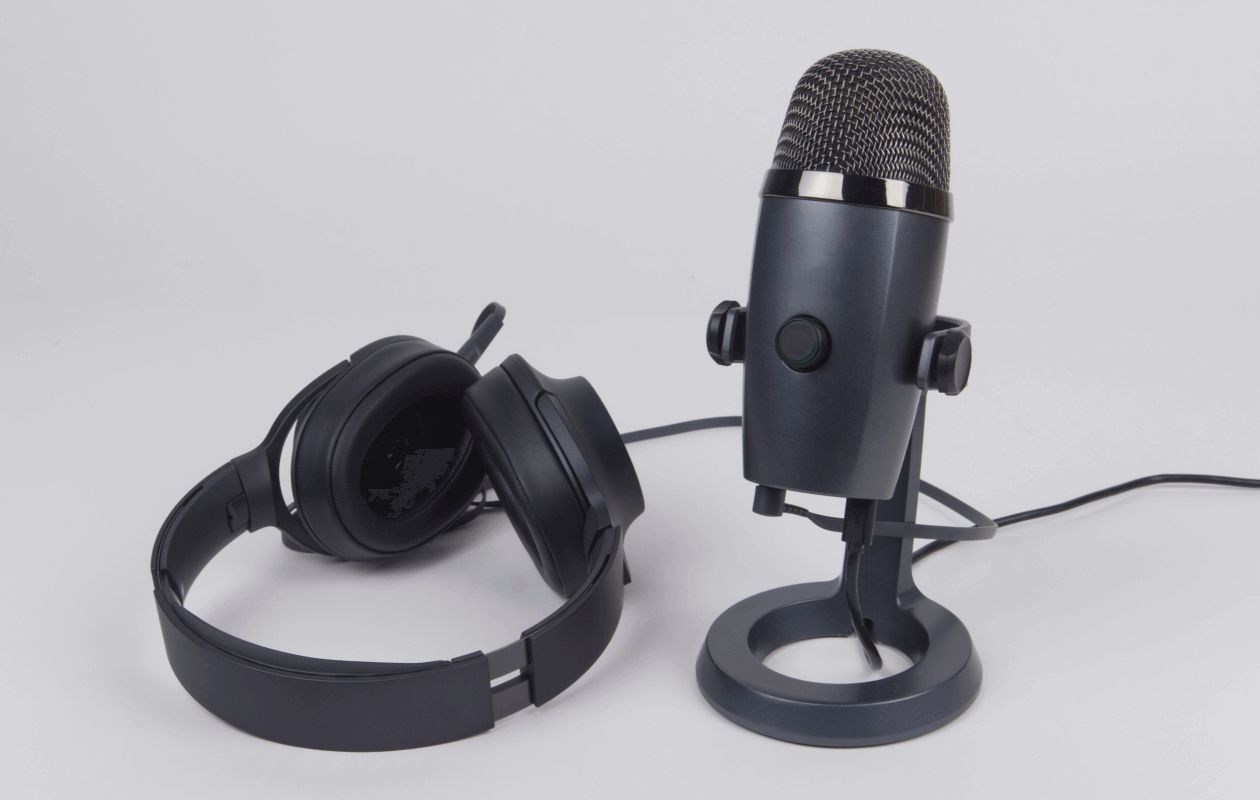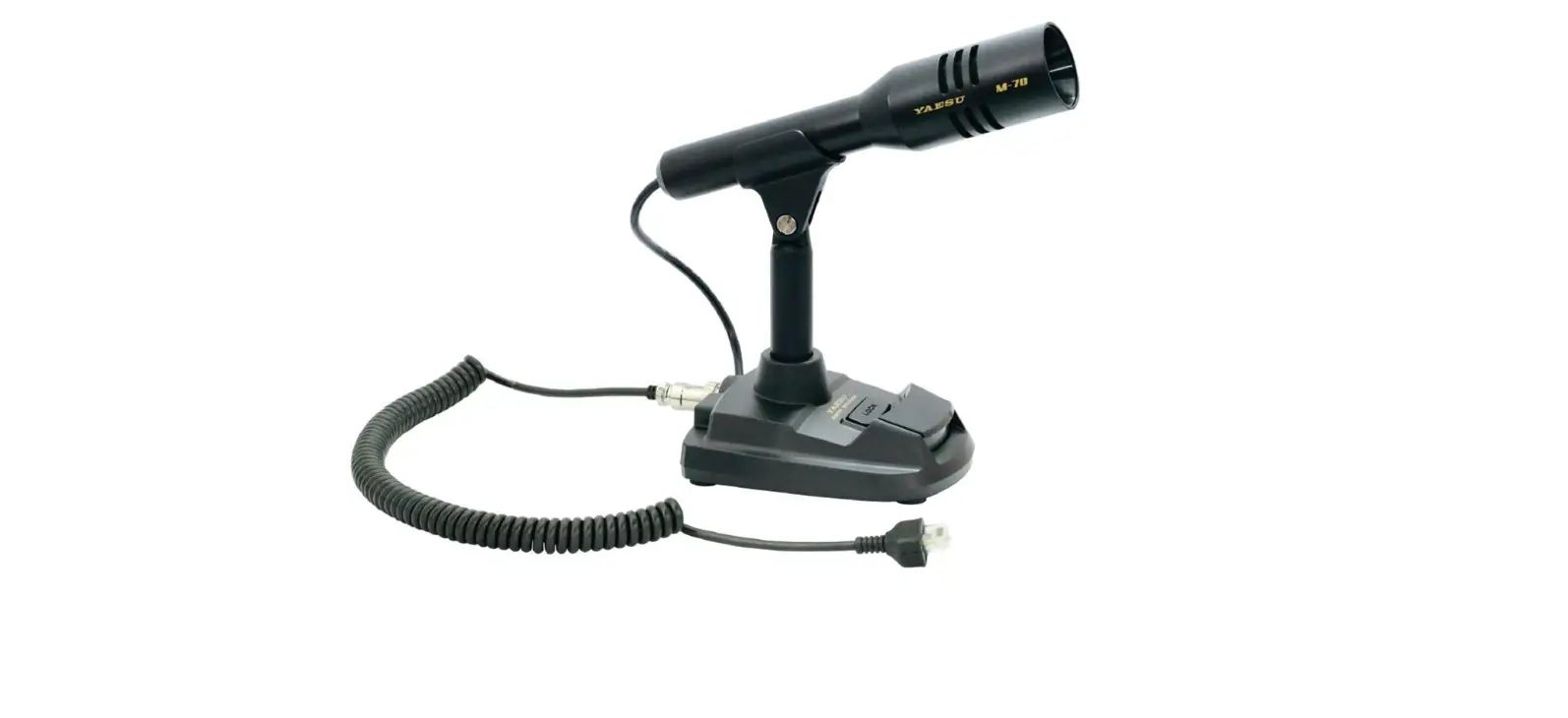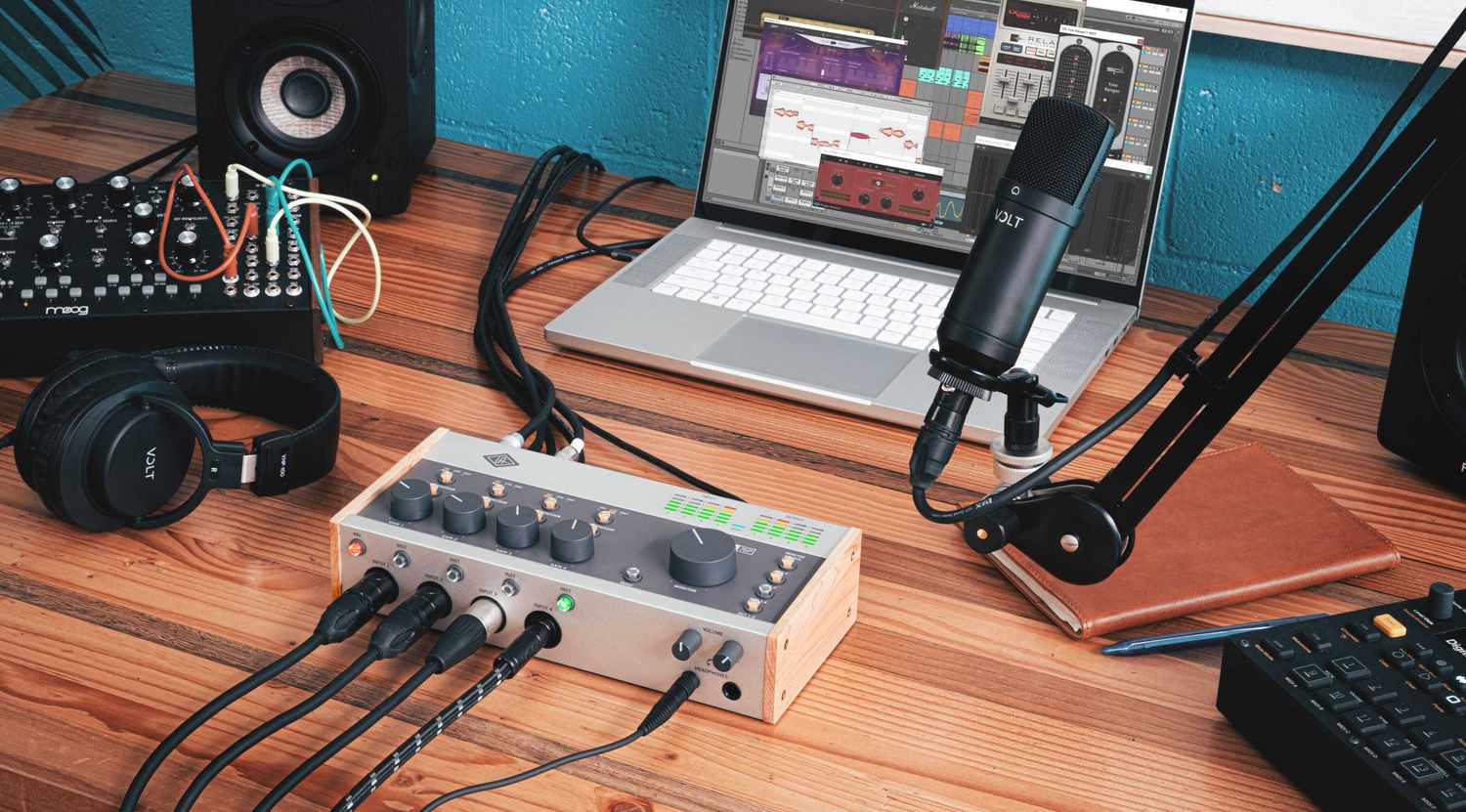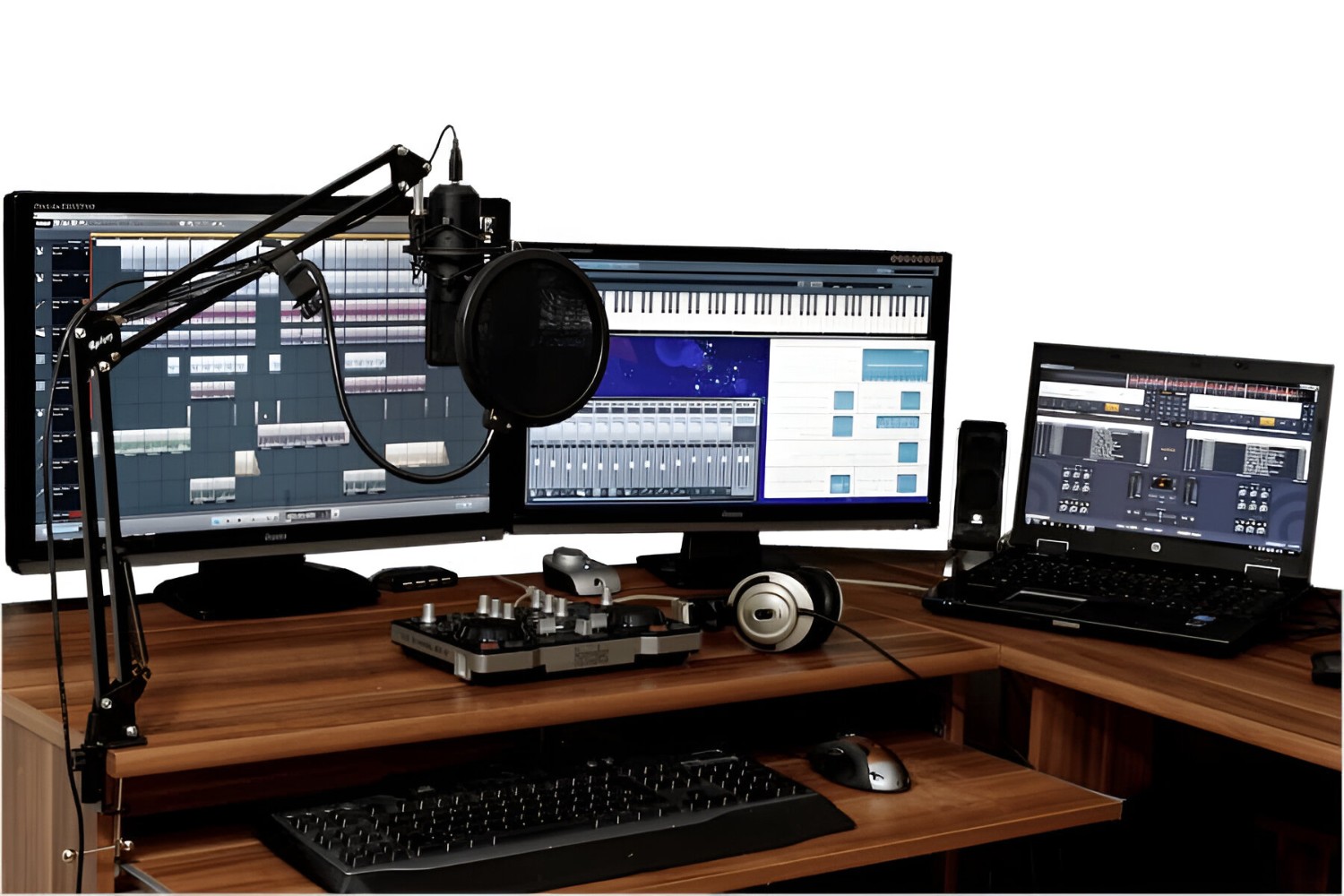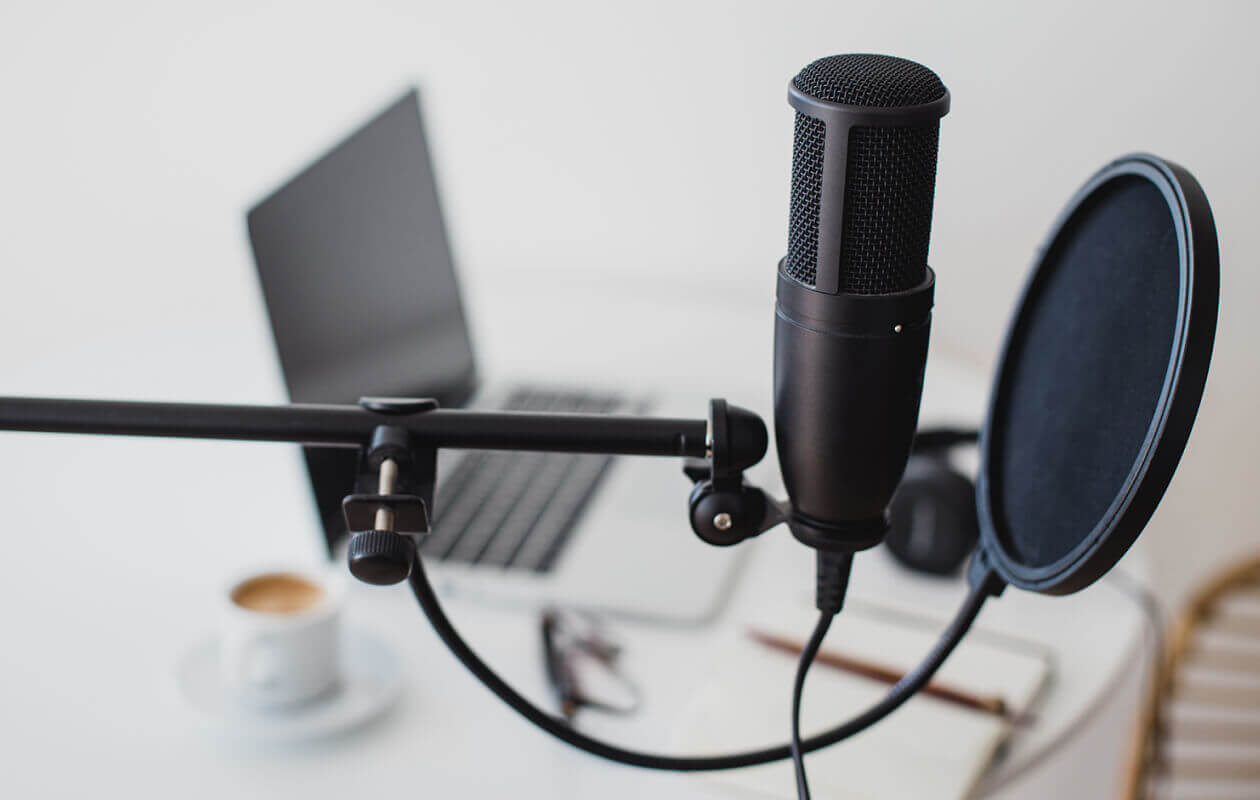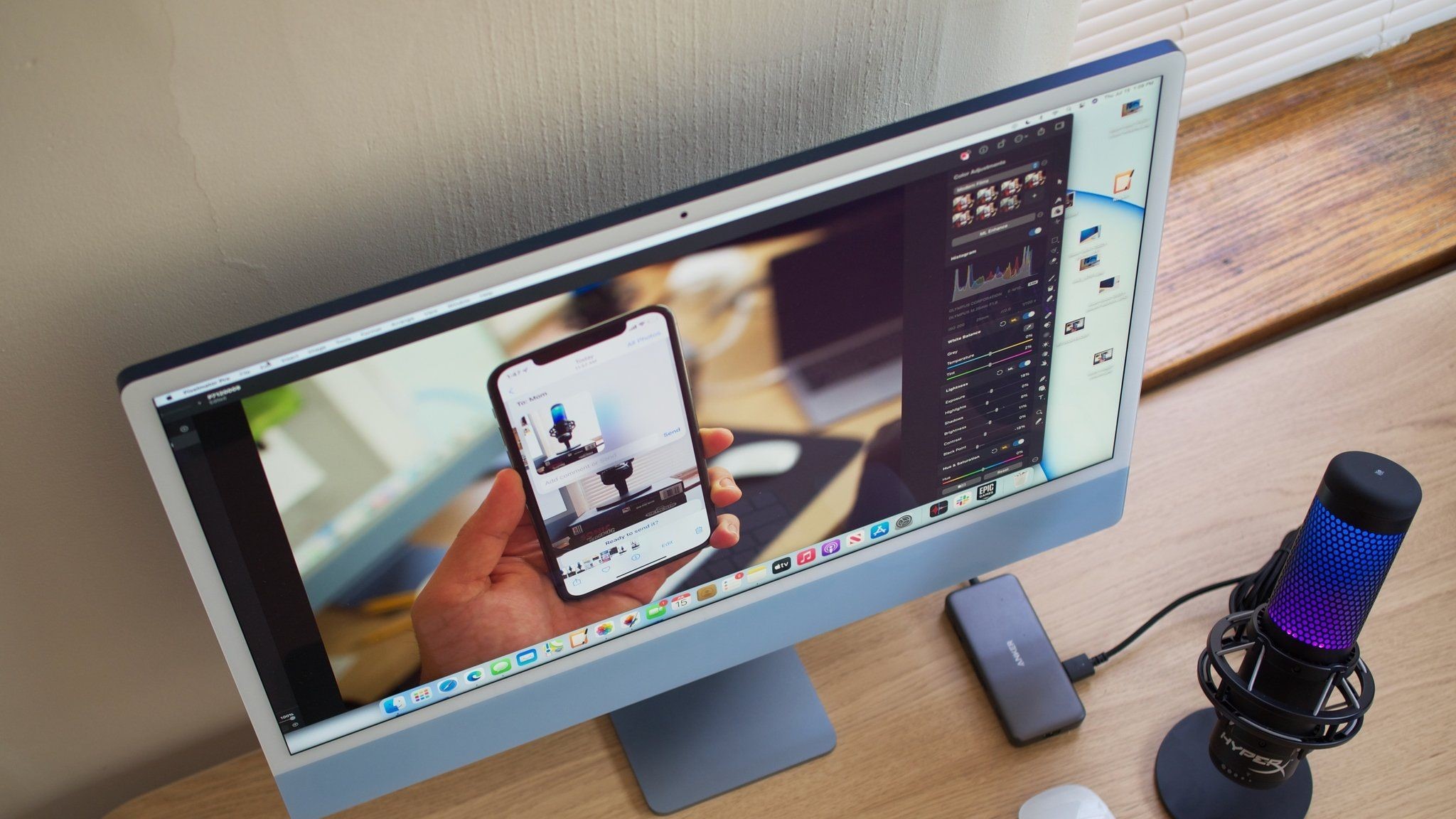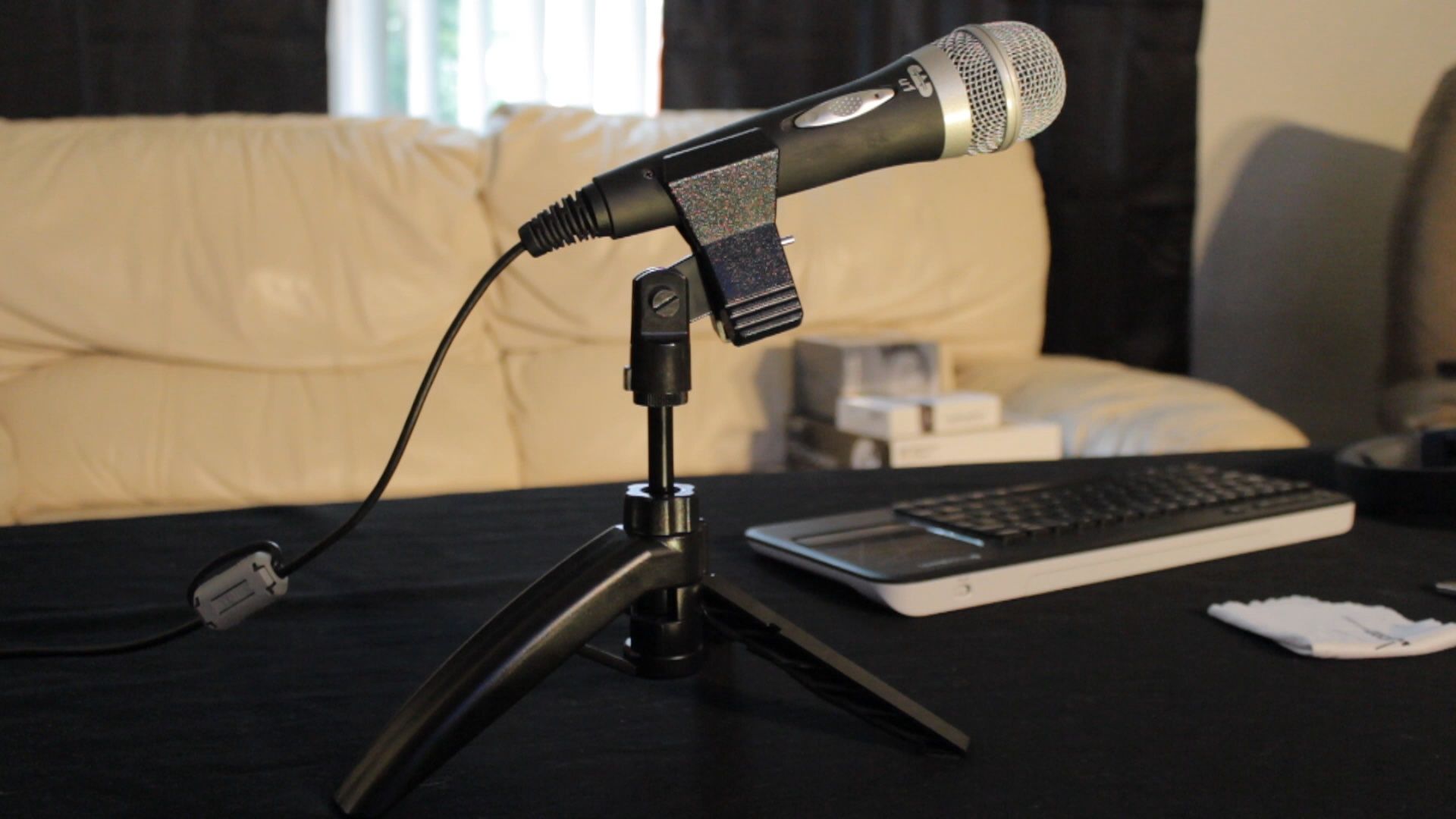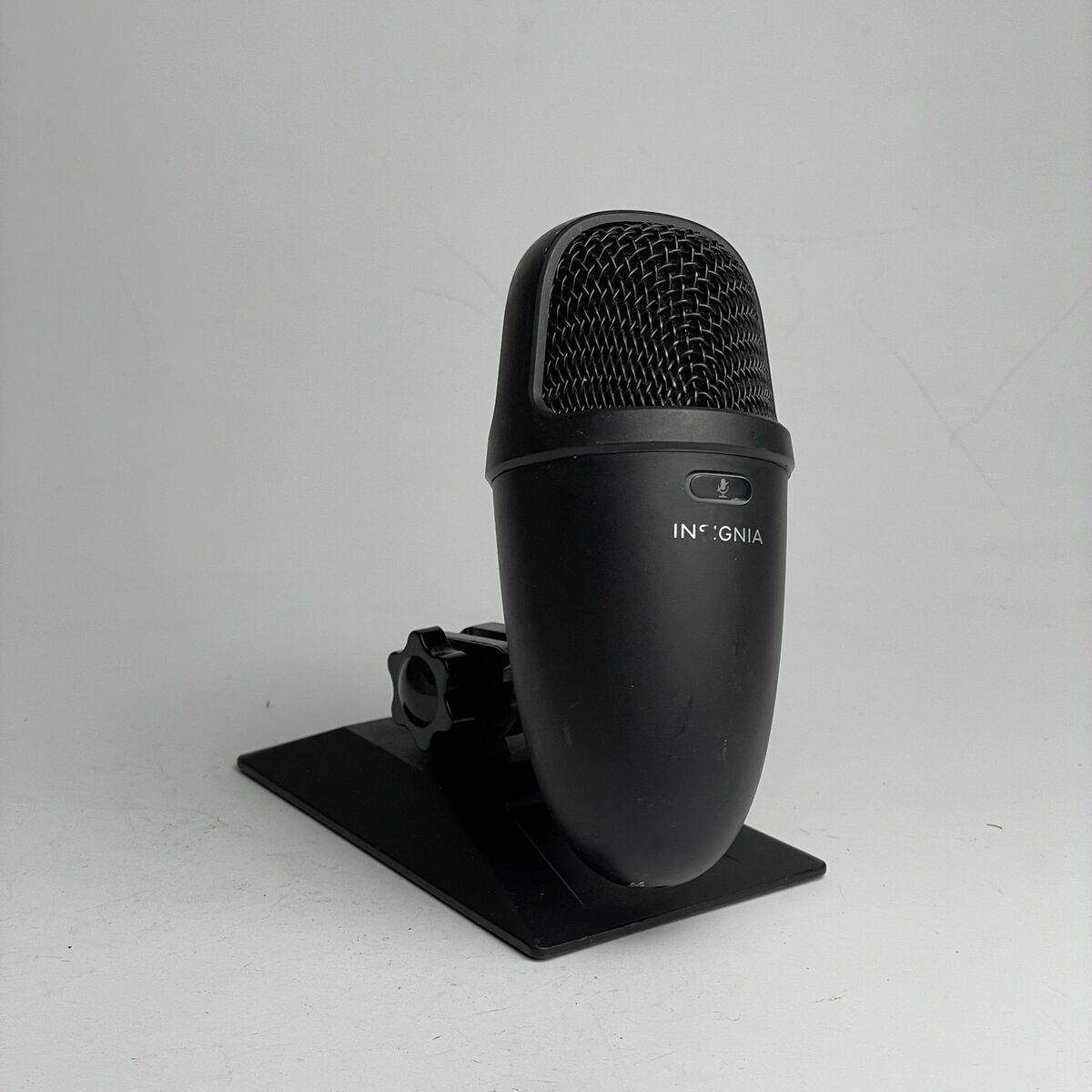Introduction
Welcome to this step-by-step guide on how to test a USB microphone on a Mac. Whether you’re a podcaster, a content creator, or simply need to record audio for your projects, using a USB microphone can provide you with high-quality sound and convenience.
Testing your USB microphone is an essential step to ensure it’s working correctly and delivering the desired audio quality. This guide will walk you through the process, from connecting the microphone to your Mac to troubleshooting any issues that may arise.
USB microphones are popular because they offer a plug-and-play experience, meaning you can connect them directly to your computer without the need for additional hardware or drivers. This makes them inherently compatible with Mac devices, making the testing process relatively straightforward.
Understanding the steps involved in testing a USB microphone on a Mac will help you quickly identify and resolve any technical issues. By following these steps, you’ll be able to confirm that your microphone is functioning properly and ready to capture crystal-clear audio.
Whether you’re a beginner or an experienced Mac user, this guide will provide you with the knowledge and confidence to test your USB microphone effectively. So, let’s dive in and get started!
Step 1: Connect the USB microphone to your Mac
The first step to test a USB microphone on your Mac is to properly connect it to your computer. USB microphones usually come with a USB cable that you can directly plug into one of the available USB ports on your Mac.
Here’s how to connect your USB microphone to your Mac:
- Locate an available USB port on your Mac. Depending on your Mac model, you may have USB-A or USB-C ports.
- Take the USB cable that came with your microphone and connect one end to the USB port on your Mac.
- Connect the other end of the USB cable to the USB port on your microphone. It’s typically located at the bottom or the back of the microphone.
- Once the USB microphone is connected, you should see a notification on your Mac indicating that a new audio device has been detected.
It’s important to ensure that the USB cable is securely connected to both the Mac and the microphone. A loose connection can affect the audio quality or prevent the microphone from being recognized by your Mac.
If you’re using an external USB hub or adapter, make sure it’s compatible with your Mac and can provide sufficient power to the microphone. Some low-quality hubs or adapters may not provide enough power, resulting in issues with the microphone’s functionality.
Now that your USB microphone is connected to your Mac, you can proceed to the next step to check if the microphone is recognized by your computer.
Step 2: Check if the microphone is recognized
After connecting the USB microphone to your Mac, the next step is to check if your computer recognizes the microphone as an input device. Here’s how to do it:
- Click on the Apple menu located on the top-left corner of your screen and select “System Preferences.”
- In the System Preferences window, click on the “Sound” icon.
- Go to the “Input” tab, where you’ll find all the audio input devices available on your Mac.
- Look for the USB microphone in the list of input devices. It should be listed by its specific name or as “USB microphone.”
- If you don’t see the USB microphone listed, make sure it’s properly connected to your Mac and try restarting your computer.
If the USB microphone is present in the list, it means that your Mac has successfully recognized it as an input device. You can proceed to the next step to set the USB microphone as the default input device.
However, if you still don’t see the USB microphone listed, there could be several reasons for this issue. Try the following troubleshooting steps:
- Disconnect and reconnect the USB microphone to your Mac. Ensure the connection is secure.
- Try a different USB port on your Mac to rule out any port-related issues.
- Check if the USB microphone requires any specific drivers or software. Visit the manufacturer’s website to download and install any necessary drivers.
- Test the USB microphone on another computer to determine if the issue is with the microphone itself.
If none of the above steps resolve the issue, it’s recommended to contact the manufacturer’s support for further assistance in troubleshooting the USB microphone recognition problem on your Mac.
Step 3: Set the USB microphone as the default input device
Once you’ve confirmed that your Mac recognizes the USB microphone, the next step is to set it as the default input device. This ensures that your Mac uses the USB microphone for audio input instead of the built-in microphone or any other connected devices.
Follow these steps to set the USB microphone as the default input device:
- Open the “System Preferences” by clicking on the Apple menu in the top-left corner of your screen and selecting “System Preferences.”
- Click on the “Sound” icon in the System Preferences window.
- Switch to the “Input” tab, where you’ll see a list of available audio input devices.
- Select the USB microphone from the list by clicking on its name.
- Adjust the input volume slider according to your preference. You can test the volume by speaking into the microphone and observing the input level.
By setting the USB microphone as the default input device, your Mac will prioritize it for audio input in apps and recording software. This ensures that you capture audio directly from the USB microphone without any interference from other devices.
It’s essential to check the input volume while setting the USB microphone as the default device. If the input volume is too low, your recorded audio may be faint or difficult to hear. On the other hand, if the input volume is too high, it can result in distorted or clipping audio. Adjust the input volume slider to strike the right balance for optimal audio quality.
Once you’ve made the necessary adjustments, you’re ready to move on to the next step — testing the USB microphone on your Mac.
Step 4: Adjust the input volume of the USB microphone
After setting the USB microphone as the default input device, it’s important to adjust the input volume to ensure optimal audio quality. Properly adjusting the input volume allows you to capture clear and balanced sound during recording or communication.
Follow these steps to adjust the input volume of the USB microphone on your Mac:
- Make sure the “Sound” tab is still selected in the System Preferences window.
- Switch to the “Input” tab if you’re not already on that page.
- Locate the USB microphone in the list of input devices.
- Speak into the USB microphone or make some noise while keeping an eye on the input level meters beside the device list.
- Adjust the input volume slider for the USB microphone until the input level meters show a reasonable level of activity without peaking into the red zone.
It’s important to find the right balance in the input volume. If the input volume is too low, your recordings or voice calls may be barely audible. Conversely, if the input volume is set too high, it can result in distorted or clipped audio, causing a significant loss in sound quality. Adjust the input volume slider until the input level meters show an appropriate range of activity, usually around the mid-point of the meters.
Keep in mind that different USB microphones may have different sensitivities, so it may take some trial and error to find the optimal input volume setting that works best for your specific microphone.
Once you’re satisfied with the input volume adjustment, you can proceed to the next step — testing the USB microphone on your Mac to ensure it’s working correctly.
Step 5: Test the USB microphone
Now that you’ve connected and configured your USB microphone on your Mac, it’s time to test it to ensure it’s working properly. Testing your USB microphone allows you to verify the audio quality, check for any background noise, and ensure that it’s capturing sound as expected.
Here’s how you can test your USB microphone on your Mac:
- Open an application or software that allows audio recording or communication, such as GarageBand, QuickTime Player, or a video conferencing app.
- Select the USB microphone as the input device within the application’s audio settings. This ensures that the application uses the USB microphone for recording or communication.
- Start a test recording or initiate a voice call to check if the USB microphone captures your voice accurately and clearly.
- Speak into the USB microphone at a normal volume and pace. Observe the audio waveform or listen to the playback to ensure that the recorded sound is clear, without any distortion or excessive background noise.
- Adjust the input volume or microphone position as needed if you’re not satisfied with the recorded audio quality.
During the testing process, pay attention to any abnormalities in the audio quality, such as crackling sounds, static noise, or a low signal-to-noise ratio. If you notice any issues, try the following troubleshooting steps:
- Ensure that the USB microphone is not physically obstructed by any objects or placed near sources of electrical interference.
- Check if there are any firmware or software updates available for your specific USB microphone. Updating the microphone’s firmware or driver software can sometimes resolve compatibility or performance issues.
- Experiment with different recording or communication applications to confirm if the issue persists across different software.
By conducting a thorough test of your USB microphone, you can be confident that it’s functioning correctly and producing high-quality audio on your Mac.
Step 6: Troubleshooting common issues
While testing your USB microphone on your Mac, you may encounter some common issues that can affect its performance. Here are a few troubleshooting steps to help you address these issues:
1. No sound or low volume: If you’re not hearing any sound or the volume is very low, check the following:
- Ensure that the USB microphone is selected as the input device in the application or software you’re using for recording or communication.
- Verify that the input volume is set at an appropriate level (not too low or too high) in the System Preferences Sound settings.
- Try disconnecting and reconnecting the USB microphone and restarting the application or software.
2. Static or background noise: If you’re experiencing static or unwanted background noise, consider these troubleshooting steps:
- Make sure the USB microphone is not positioned too close to any electronic devices or sources of interference (e.g., speakers, fans, or power cords).
- Try moving the USB microphone further away from your computer or any other potential sources of electrical interference.
- Consider using a pop filter or windscreen to reduce plosive sounds or wind noise.
3. Inconsistent audio quality: If the audio quality is inconsistent or varies during recording or communication, try these solutions:
- Ensure that all connections are secure and not loose.
- Check if there are any driver or firmware updates available for your USB microphone and install them if necessary.
- Consider using a different USB cable or connecting the microphone to a different USB port on your Mac.
- Experiment with adjusting the input volume, microphone position, or audio settings within the application or software you’re using.
If these troubleshooting steps do not resolve the issue, consult the documentation or contact the manufacturer’s support for further assistance with your specific USB microphone model.
Remember, each USB microphone may have its unique quirks and troubleshooting requirements, so it’s essential to consult the manufacturer’s guidance when encountering persistent issues.
Conclusion
Congratulations! You have successfully learned how to test a USB microphone on your Mac. By following the steps outlined in this guide, you have connected the microphone, checked its recognition, set it as the default input device, adjusted the input volume, tested its functionality, and troubleshooted common issues.
Testing your USB microphone is crucial to ensure that you capture high-quality audio and have a seamless recording or communication experience on your Mac. By verifying its functionality and addressing any potential issues, you can confidently use your USB microphone for various purposes, such as podcasting, voiceovers, online meetings, or content creation.
Remember that each USB microphone may have specific features or requirements, so always consult the manufacturer’s instructions and support resources for the best practices and troubleshooting tips tailored to your microphone model.
Now that you have a solid understanding of testing a USB microphone on your Mac, feel free to explore different recording and communication applications to unleash your creativity and maximize the capabilities of your USB microphone. Whether you’re creating podcast episodes, streaming content, or participating in virtual meetings, your USB microphone will be your reliable companion for capturing exceptional audio.
Enjoy your USB microphone and happy recording!







